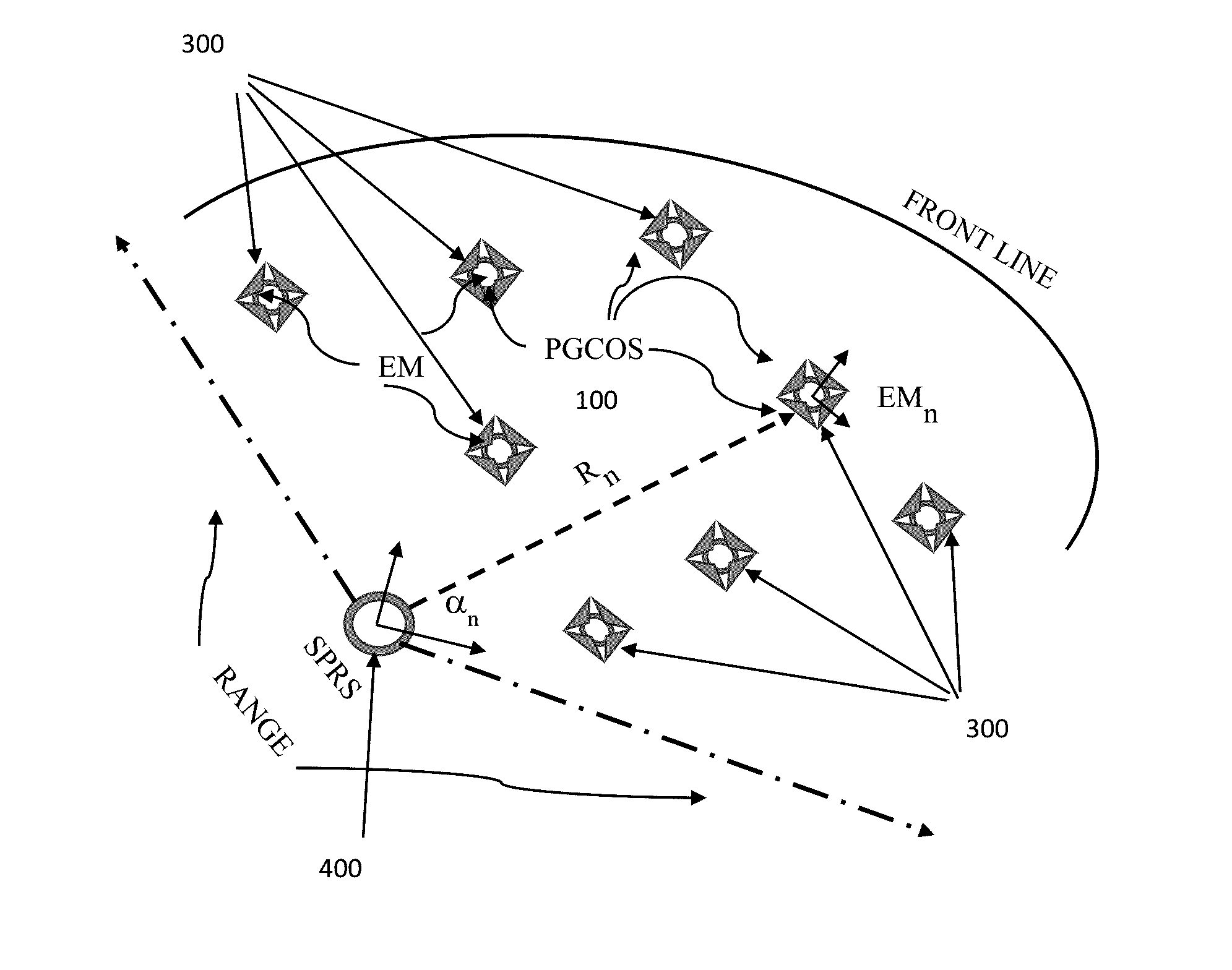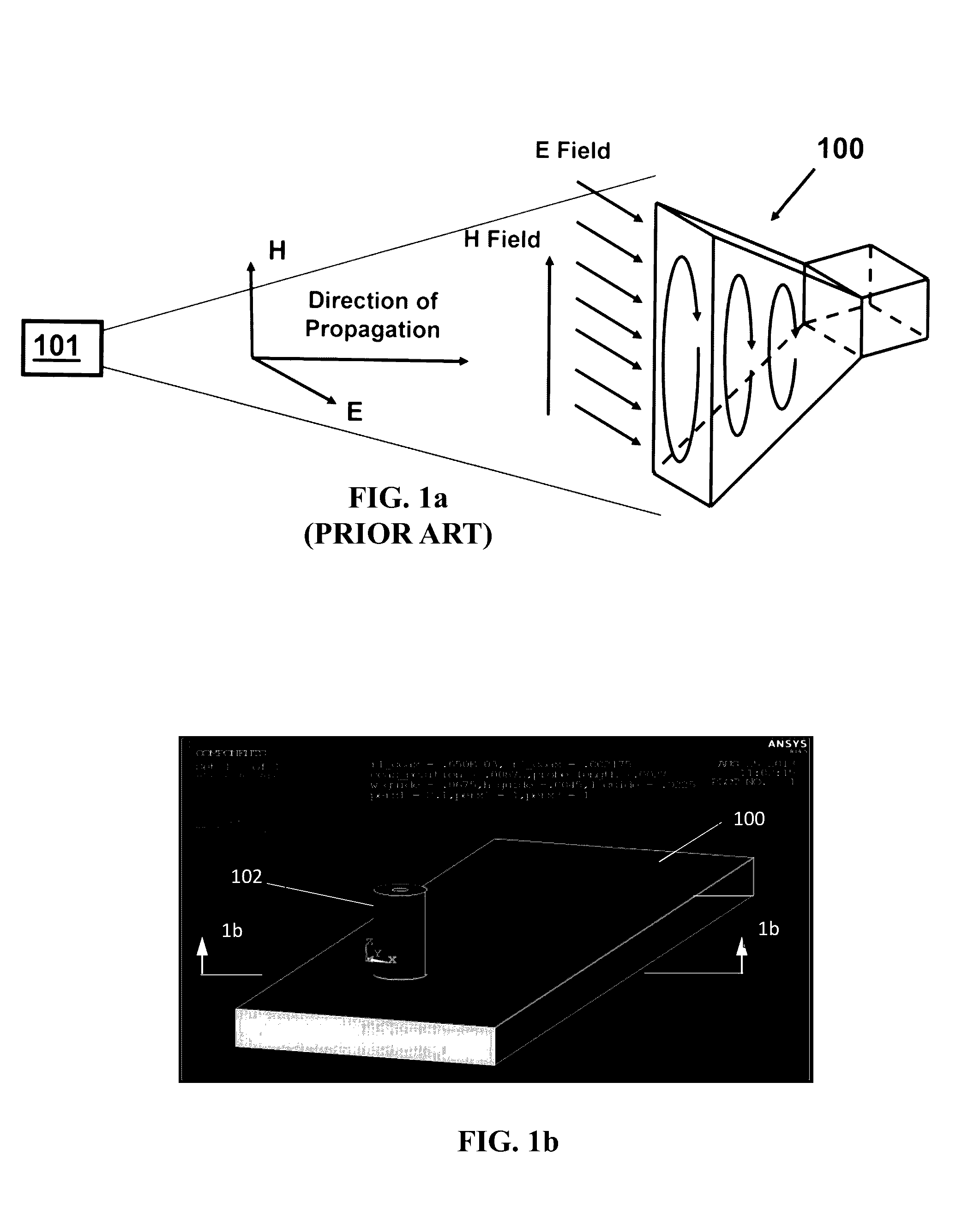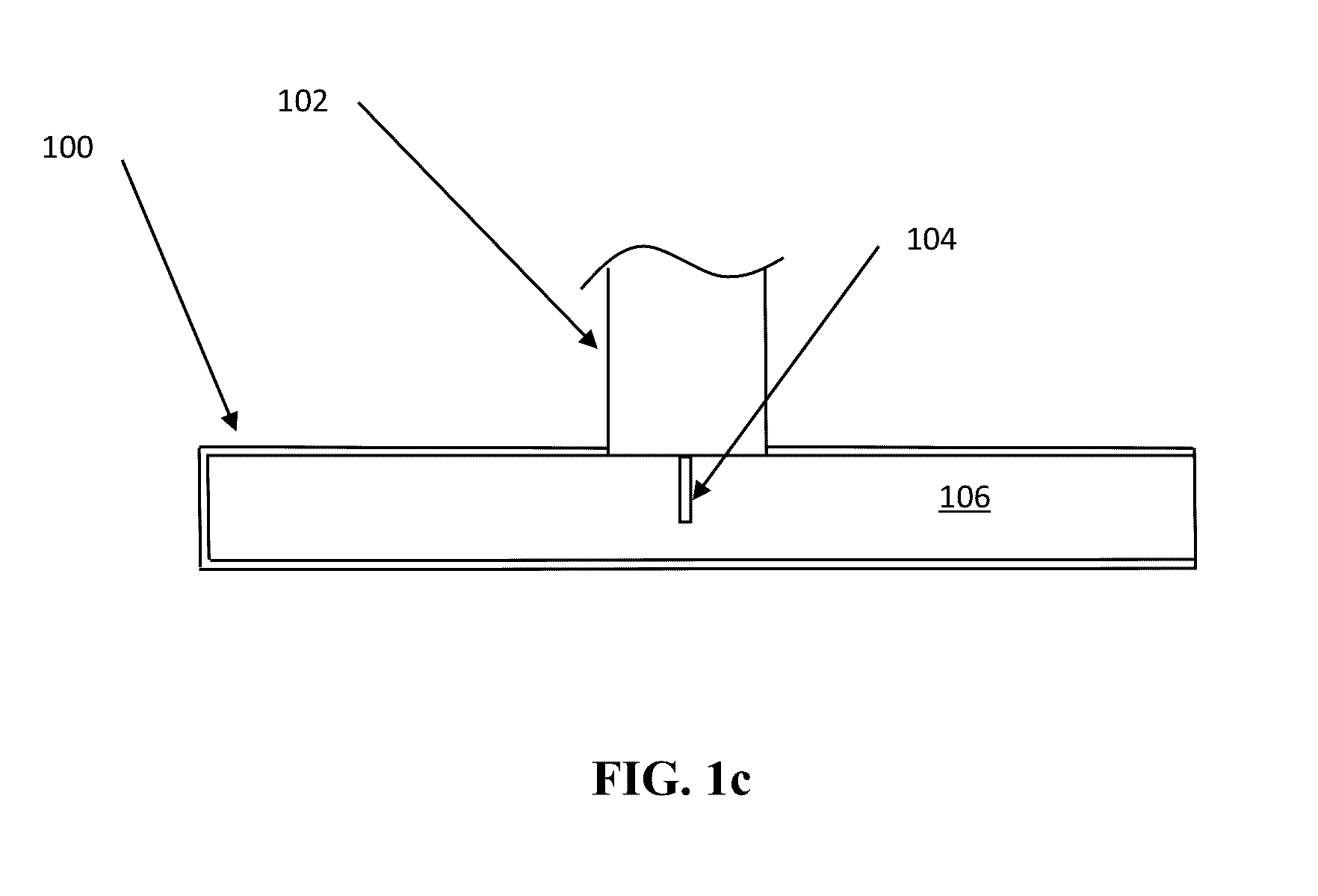Methods and Devices For Determining The Location of Remotely Emplaced Objects, Such as Munitions
- Summary
- Abstract
- Description
- Claims
- Application Information
AI Technical Summary
Benefits of technology
Problems solved by technology
Method used
Image
Examples
Embodiment Construction
[0062]While the present methods and devices for determining the location of remotely emplaced objects may have particular utility with regard to determining the location of remotely emplaced munitions, such methods and devices for determining the location of remotely emplaced objects also have utility in determining the location of other objects, such as construction equipment, live animals / people (such as pets and toddlers), tracking and controlling driverless cars, collision avoidance systems for cars (whether or not they are driverless), whether such objects move with time or are fixed for certain periods. Thus, without limiting the applicability of the methods and devices for determining the location of remotely emplaced objects to munitions, the present disclosure will discuss embodiments with regard to determining the location of remotely emplaced munitions (EM).
[0063]Briefly, referring to FIG. 1a, there is shown a representation of a waveguide sensor (PGCOS) 100 and its opera...
PUM
 Login to View More
Login to View More Abstract
Description
Claims
Application Information
 Login to View More
Login to View More - R&D
- Intellectual Property
- Life Sciences
- Materials
- Tech Scout
- Unparalleled Data Quality
- Higher Quality Content
- 60% Fewer Hallucinations
Browse by: Latest US Patents, China's latest patents, Technical Efficacy Thesaurus, Application Domain, Technology Topic, Popular Technical Reports.
© 2025 PatSnap. All rights reserved.Legal|Privacy policy|Modern Slavery Act Transparency Statement|Sitemap|About US| Contact US: help@patsnap.com



